 What is Shizuoka City?
What is Shizuoka City?
Shizuoka City is also historically famous as a city loved by the Shogun Tokugawa Ieyasu, and flourished as a castle town, and even today, the names of its towns and streets still bear that influence.
As a city that has developed good access from the city center, a mild climate, and a blessed natural environment, it continues to attract tourists throughout the year.

 Tokugawa Ieyasu's favorite town
Tokugawa Ieyasu's favorite town
Also there is a proverb "One Fuji, two hawks, three eggplants" which means "First, there is Mt. Fuji in Suruga. Secondly, hawks are good. (Ieyasu encouraged falconry as part of military training.) Thirdly, eggplant (Orido eggplant, which is said to be Ieyasu's favorite food) is delicious."
After Ieyasu's death, he was buried at Mt. Kuno, according to his will, and the Shrine building of Mt. Kuno Toshogu Shrine is now designated as a national treasure. The castle town flourished as a commercial center from the Imagawa era, and was further developed by Ieyasu, and today you can feel that atmosphere throughout the city.
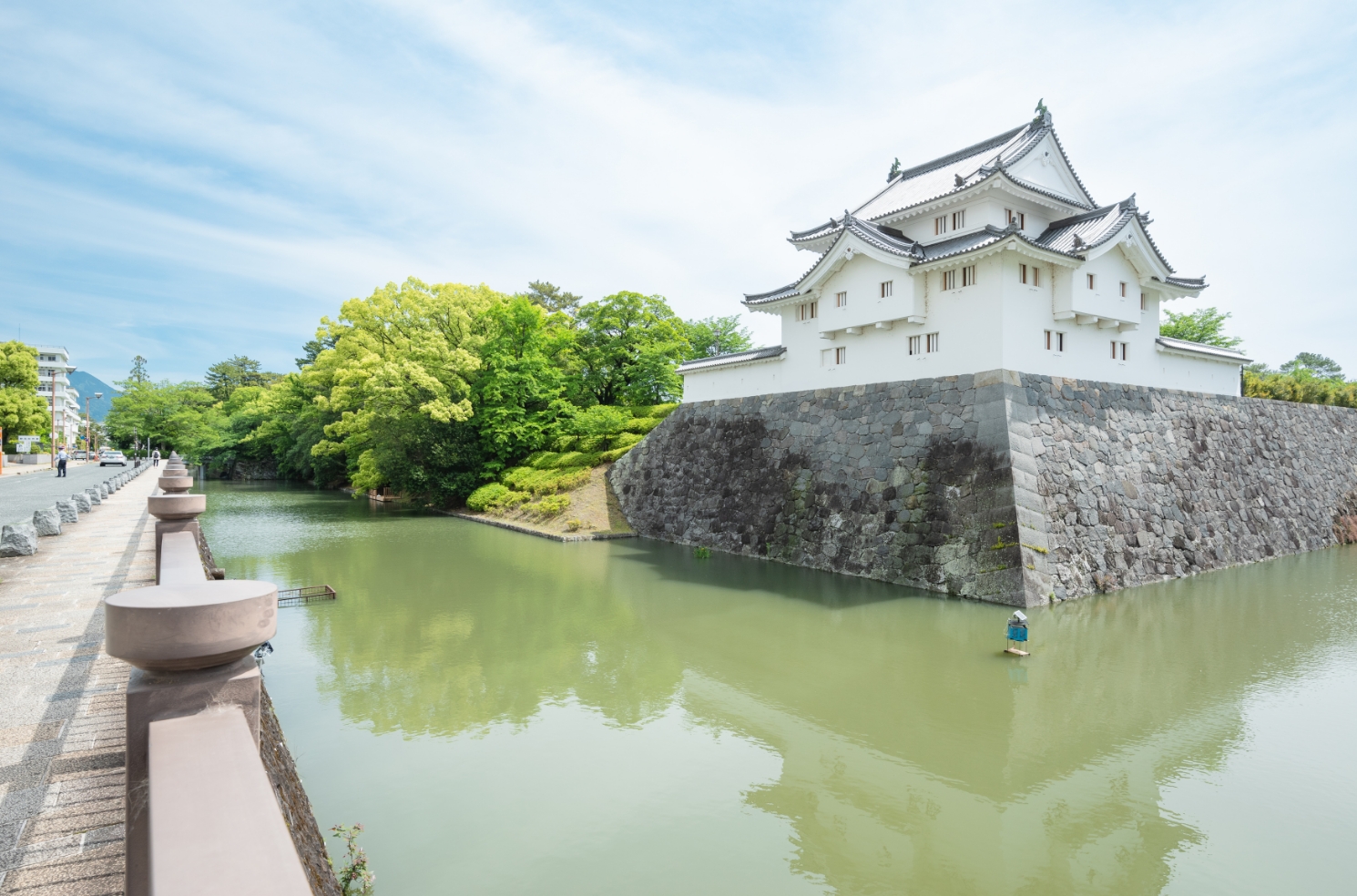
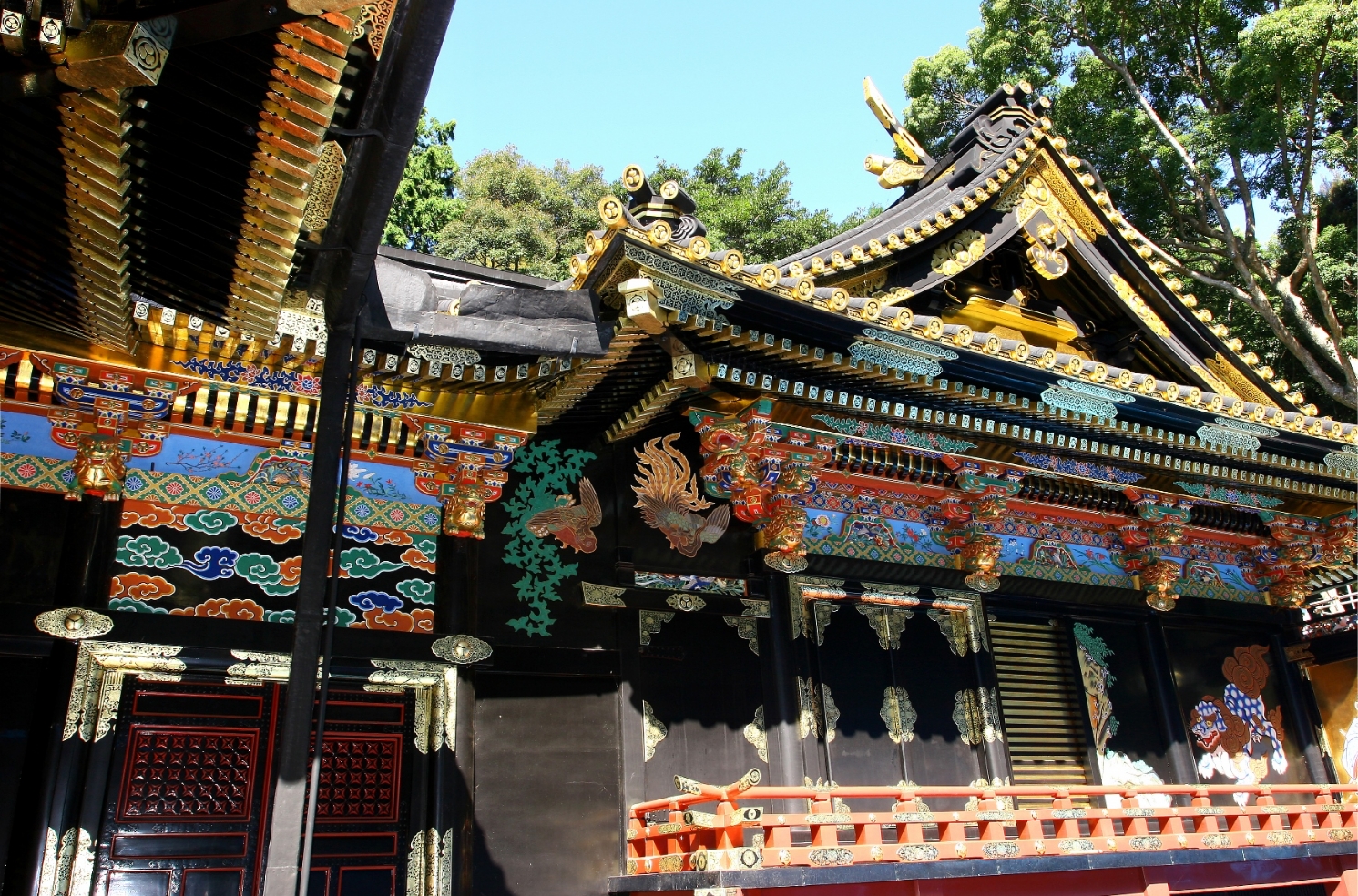
 The World Capital of Models
The World Capital of Models
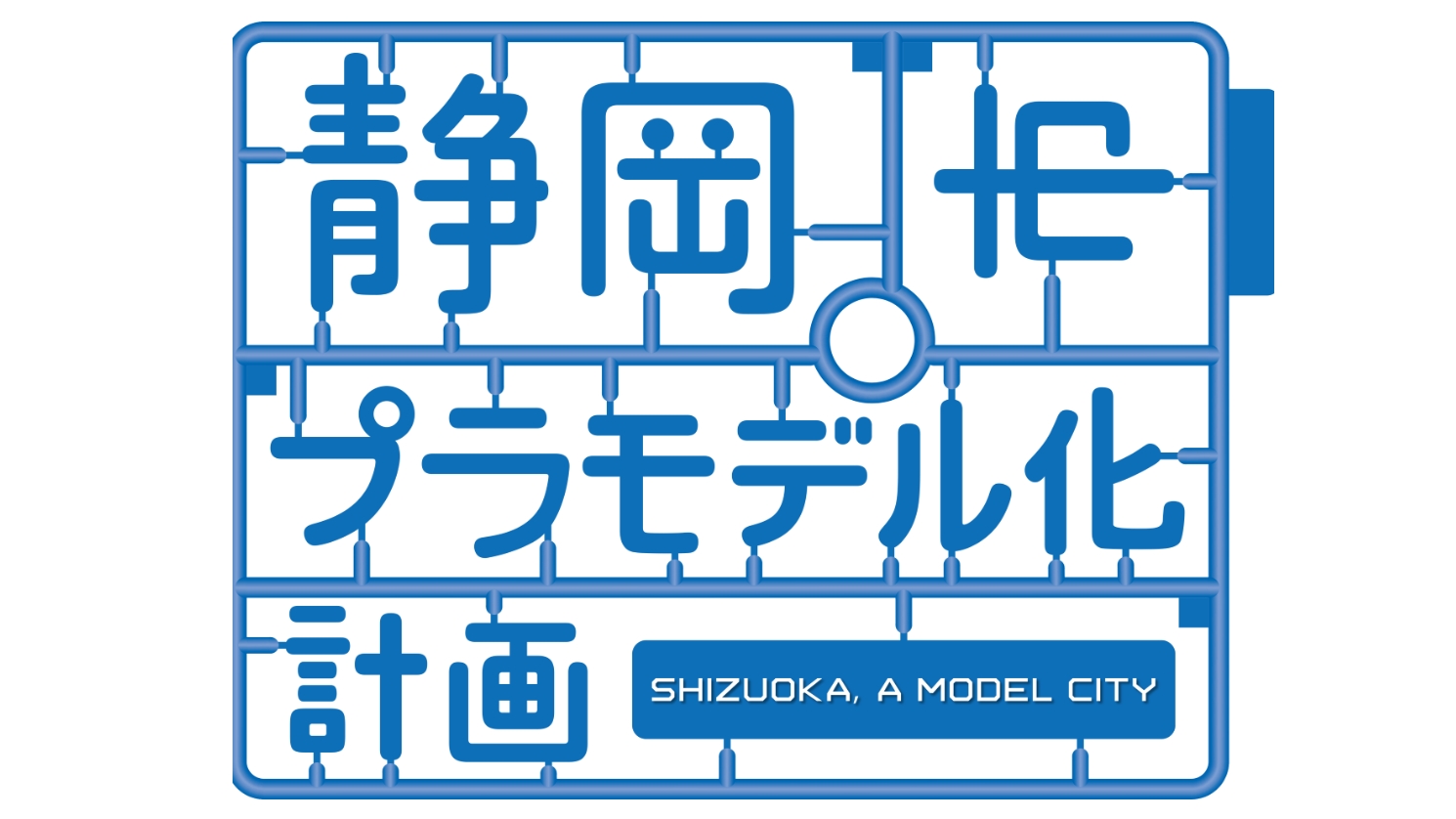
 The town with the scent of tea
The town with the scent of tea
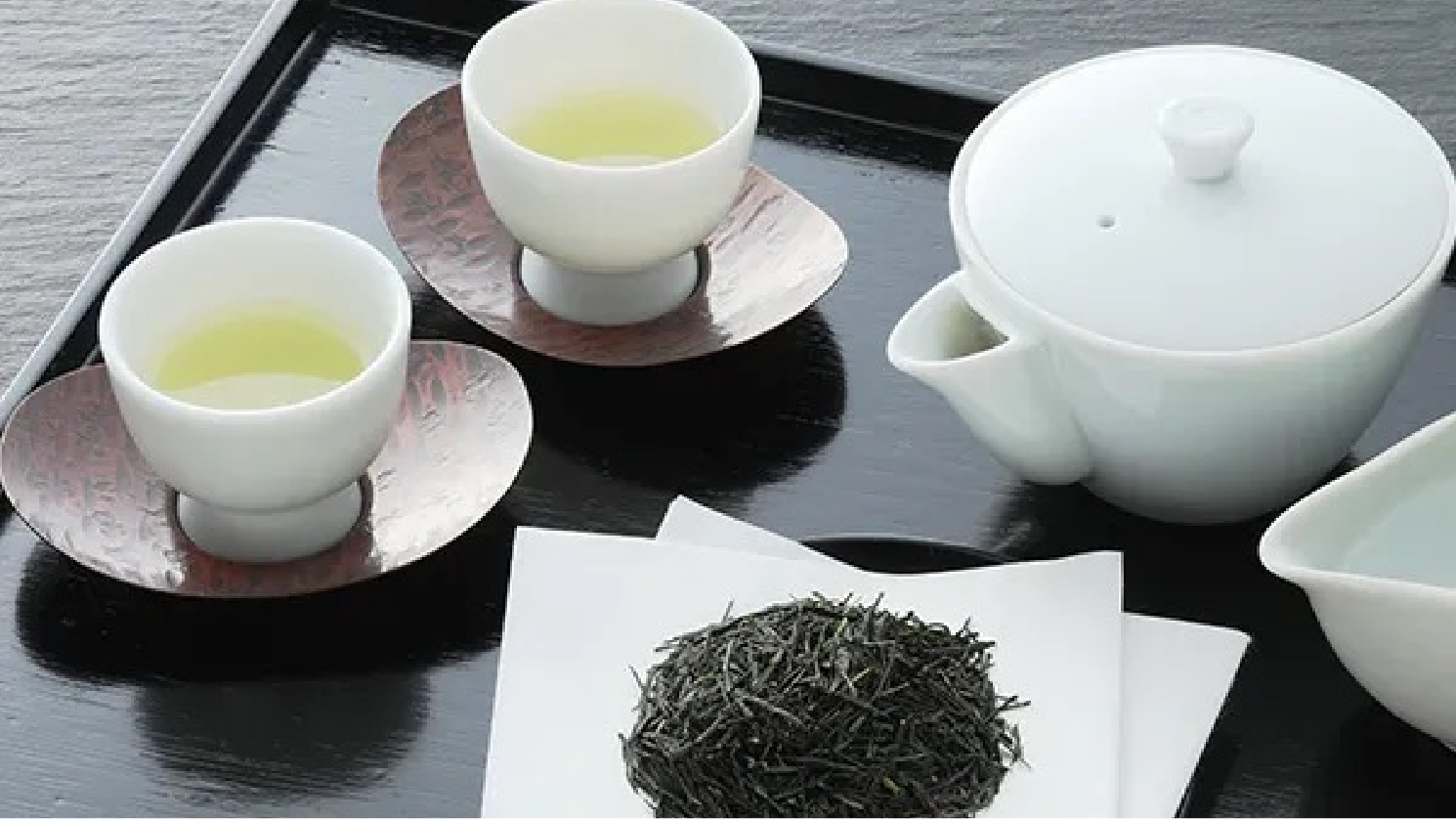
 Sea, mountains, rivers, and hot springs
Sea, mountains, rivers, and hot springs
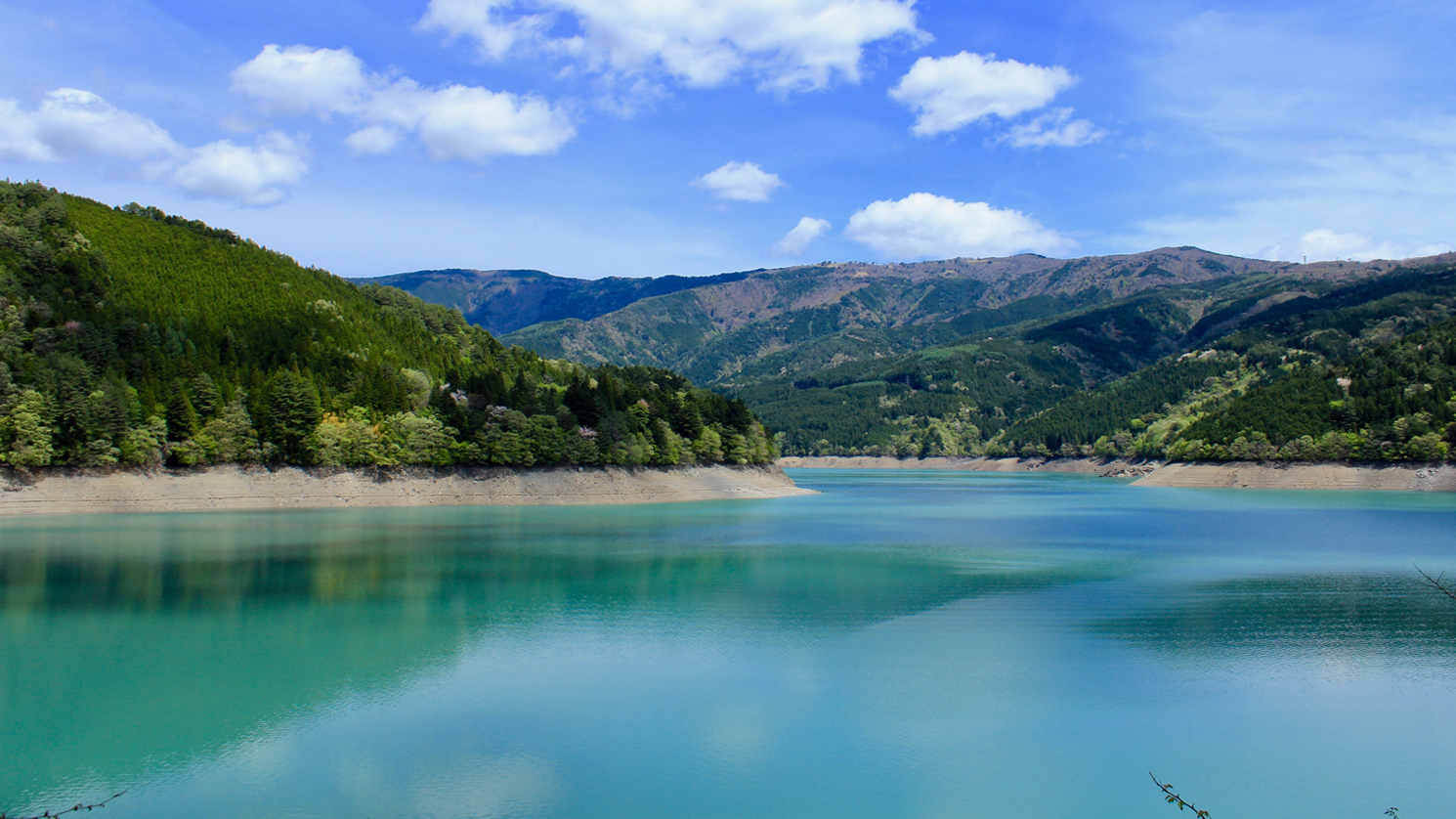
Another big appeal is that you can easily enjoy outdoor activities such as fishing, marine sports, trekking, barbecues, and camping.
Additionally, Shizuoka City is unique in that it is filled with hot springs that have a different atmosphere than those in Izu or Atami.
 Unique events held throughout the year
Unique events held throughout the year

 Suruga traditional crafts
Suruga traditional crafts

[Traditional Crafts] Suruga Takesenji Thin Crafts, Suruga Hinagu, Suruga Hina Dolls.
[Shizuoka Prefecture local crafts] Suruga lacquerware, Suruga lacquerware, Suruga lacquered geta, Suruga hari geta, Suruga Japanese dyeing, Suruga joinery, Suruga turnery, Zeki ware, Igawa menpa.
 Nature's blessings and food
Nature's blessings and food

The abundant and delicious water also produces ingredients that are essential to Japanese food culture, such as rice, wasabi, and sake (Japanese alcohol).
The seasonal delicacies that can be enjoyed throughout the year will make your trip to Shizuoka even more spectacular.
Introduction to Shopping Streets in Shizuoka
- Gofukucho Street
- Shichikencho Street
- Tenmacho Street
- Ryogaecho Street
- Ekinanginza Street
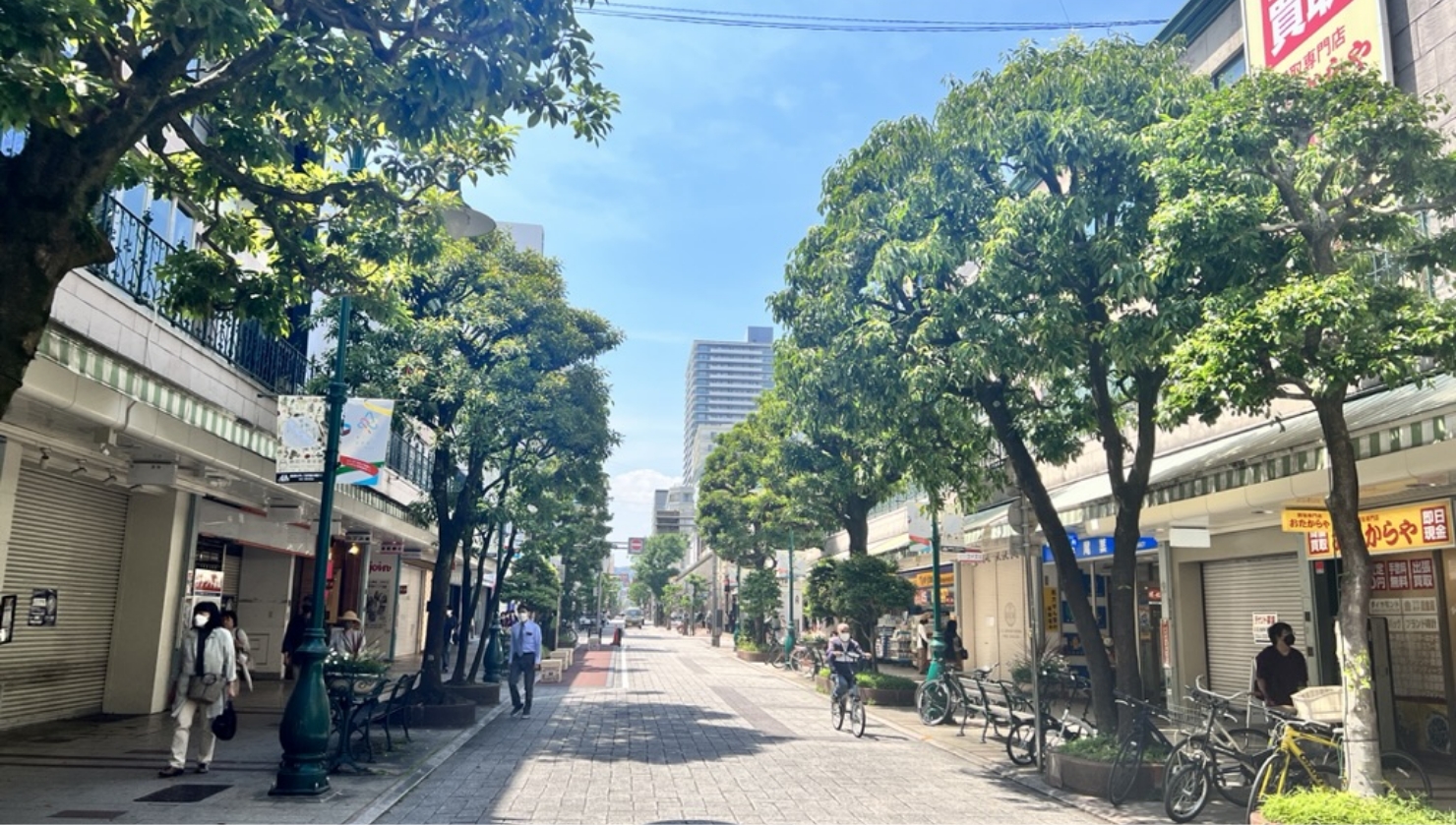
Gofukucho Street
“Gofukucho” and “Koyamachi”, whose names are derived from the fact that kimono merchants and dyers lived there, are bustling places where many people come and go as the center of the Sumpu castle town.Today, this main street that connects the two towns is lined with famous old shops and up-and-coming shops.

Shichikencho Street
There are various theories about the origin of the name of Shichiken-cho, such as the width of the street being 7-ken (about 13m).It is said to be the oldest shopping street in the downtown area of Shizuoka City, and the townscape using marble and indirect lighting is also attractive. Various events are held throughout the year.
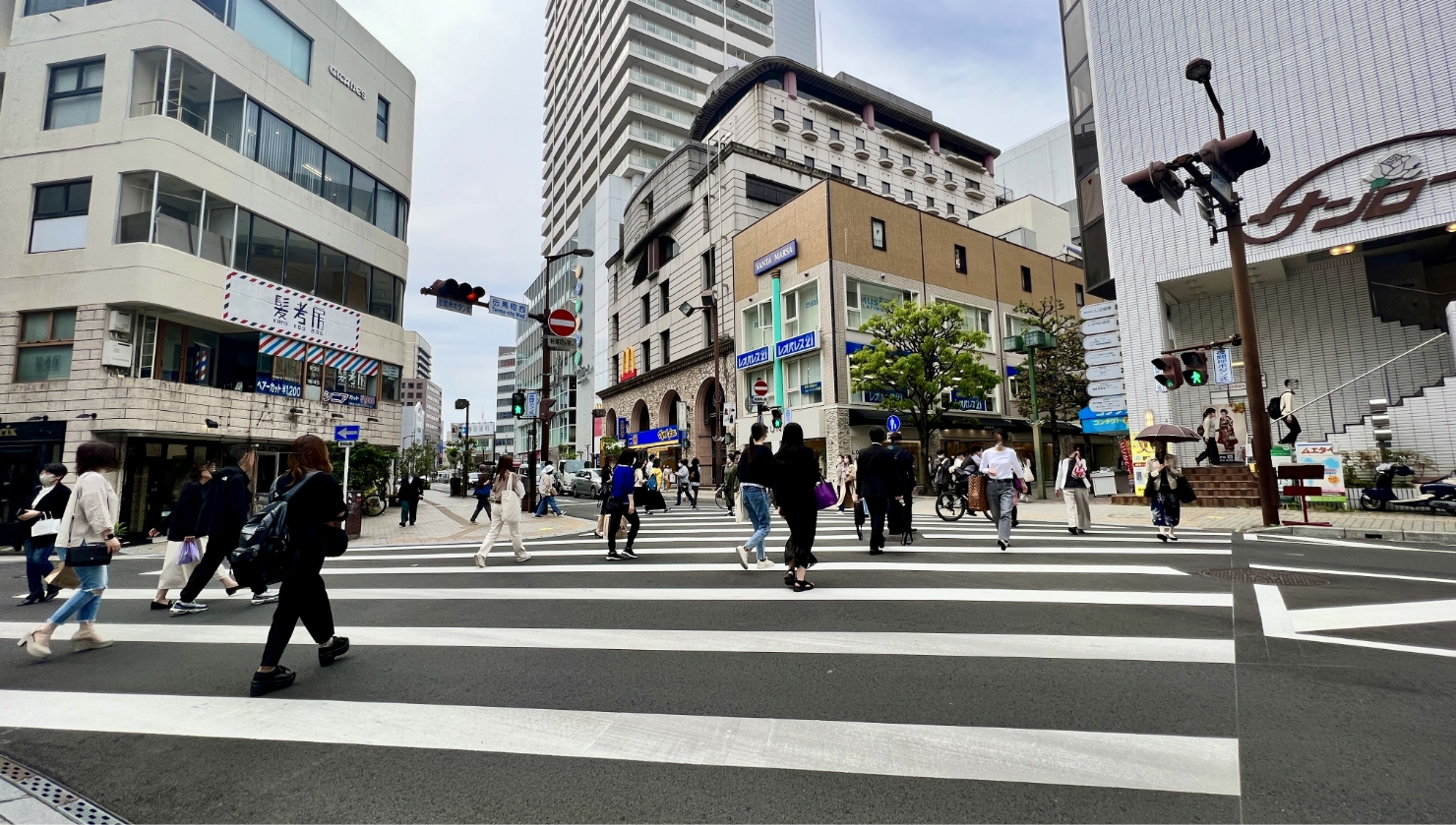
Tenmacho Street
Located in Fuchu-juku, the 19th post station of the fifty-three stages of the Tokaido, it is said that the name of the town is derived from the fact that it served as a 'tenma'.The streets are lined with old and new unique shops, and there are many stone monuments that tell the history.

Ryogaecho Street
The name 'Ryogae-cho' comes from the silver coin mint 'Ginza' that was once established and where gold and silver money changers were located. In Keicho 17, it was moved from Sunpu to Edo (now Tokyo), where it became the root of Tokyo's Ginza. Since the Meiji era (1868-1912), Ginza has developed into an entertainment district and is well known as a bustling street.

Ekinanginza Street
Established in 1946, this shopping street has a history of more than 70 years and is about 400 meters long. Since the area is located at the south exit of Shizuoka Station, where many residences are located, it is characterized by many local pubs, restaurants, and general merchandise stores that continue to be well-loved by the locals.